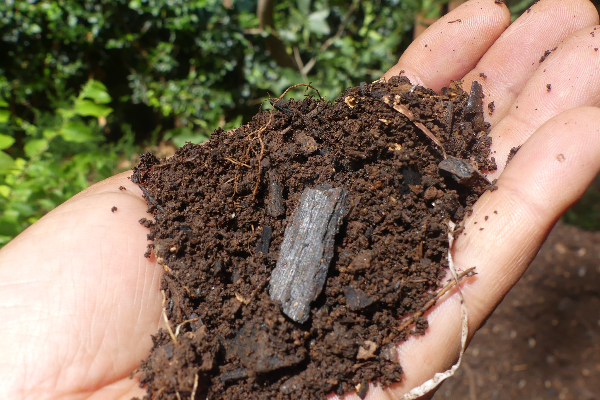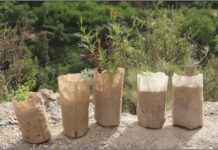With the increasing climate change concerns and the alarming deteriorating of soil health, especially in African soils, there a number of interventions by stakeholders in the agriculture sector are underway to ensure sustainable farming practices.
One such intervention is the introduction of biochar for soil amendment, a product which is currently gaining popularity due to its ability to enrich soil with nutrients and sequester carbon dioxide.
This has made biochar a crucial, strategic, scalable, and economical solution for addressing global challenges like land degradation, climate change, and greenhouse gas emissions.
For a long time, various thermochemical methods like, pyrolysis, hydrothermal, gasification, and liquefaction are often employed to transform biomass into fuel, with biochar being a common byproduct in these techniques.
In fact, pyrolysis, fast pyrolysis, gasification, torrefaction, and flash carbonization are known methods of biochar production, however, according to a recent study by the International Crops Research Institute for the Semi-Arid Tropics (ICRISAT), a decentralized low-cost technology that employs the use of farm-level operable kiln to scale up the benefits of biochar in farmers’ fields can bring far much benefits.
“The introduction of portable kiln prototypes represents a significant leap in biochar production technology. Advancements in portable and decentralized biochar production technologies are particularly noteworthy, offering cost-effective and scalable solutions for smallholder farmers,” says the study in part.
Biochar from leguminous and non-leguminous crop residues
The study aimed at characterising biochar derived from leguminous and non-leguminous crop residues (pigeonpea and maize stalks) using various production methods.
Biochar derived from maize spindles after pyrolysis in the portable kiln at 400°C.
The characteristics of biochar significantly depend on the type of crop residue used. In this study, two types of feedstocks—pigeonpea and maize stalk—were used to draw a comparison between the ICRISAT-designed pyrolysis kiln and a lab-scale muffle furnace.
The study also examined the physical and chemical attributes of biochar derived from the two feedstocks, using high-end imaging and analytical technologies such as Scanning Electron Microscopy (SEM), Fourier-Transform Infrared Spectroscopy (FTIR) and Thermogravimetric Analyzer (TGA).
Studies demonstrate that biochar generated in the portable kiln at 400°C demonstrates quality on par with that obtained from the muffle furnace.
Additionally, examination reveals that biochar derived from pigeonpea and maize stalks exhibits total carbon percentages of 48.9% and 41.9%, respectively.
Notably, within these totals, the proportion of stable carbon is approximately 98.6% for pigeonpea stalk biochar and 94.4% for maize stalk biochar.
ICRISAT is progressing from its preliminary biochar research to embark on a comprehensive, strategic, and enduring investigation. This extended endeavor seeks to delve into biochar production from diverse crop residues while establishing standardized utilization methods across various cropping systems and soil compositions.
The objective is to formulate a comprehensive array of practices poised to yield tangible advantages for farmers.
Benefits of biochar
As a soil amendment, biochar can be used to improve soil quality and promote structural aggregation, microbial activity, increased water holding capacity, and increased nutrient bioavailability for plants.
In this therefore, it is expected to reduce the utilization of chemical fertilizers.
Additionally, the production of biochar not only addresses the challenge of managing crop residues but also presents significant opportunities to advance towards a cleaner and more sustainable future through its utilization in soil health improvement, wastewater treatment, and carbon farming practices.
Generally, biochar characteristics depend on raw material used, moisture, and nutritional content apart from or besides pyrolysis conditions since the temperature of pyrolysis is a known factor that affects specific surface area, pH, and functional groups.









